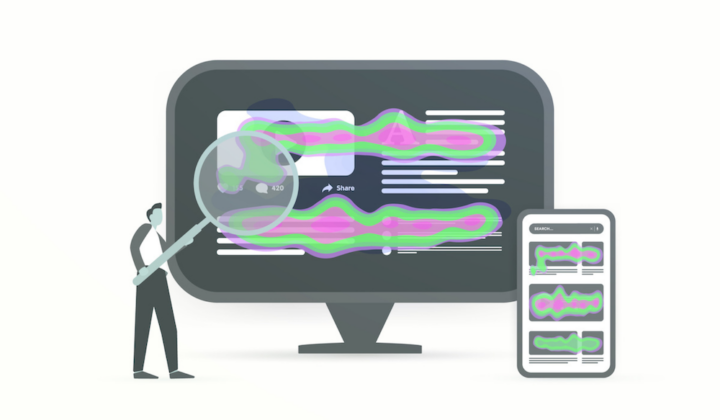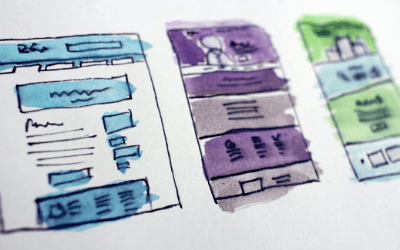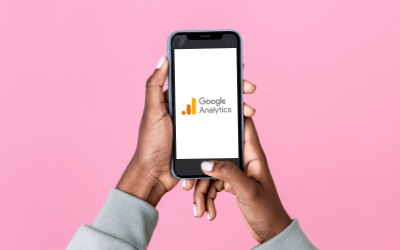In today’s rapidly evolving digital world, it’s more important than ever for marketers to stay ahead of the game and utilize the latest tools and technologies to drive conversions. Whether you’re running an e-commerce website or a robust digital marketing campaign, optimizing your conversion rate is crucial for achieving your business goals.
In this article, we’ll explore the top conversion rate optimization tools that every marketer should be using in 2023 and how they stack up against one another, including A/B testing tools, personalization platforms, customer journey mapping software and heatmap/user experience tools.
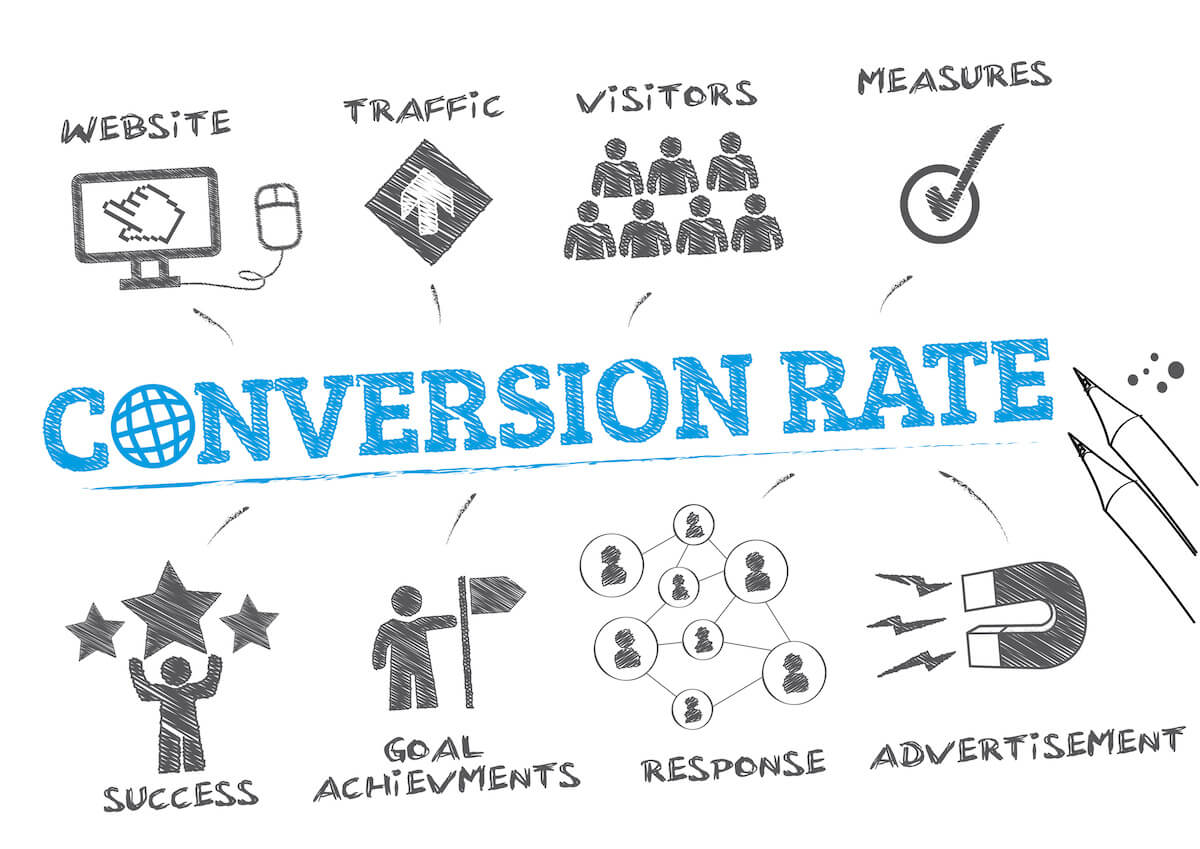
A/B Testing Tools: Optimizely vs. VWO
A/B testing, also known as split testing, involves comparing two versions of a website or marketing campaign to see which one performs better. It’s a powerful tool for optimizing your website and improving your conversion rate. Fortunately, there are several user-friendly A/B testing tools available in the market, such as Optimizely and VWO.
While both of these tools are great tools for A/B testing and can help improve your website’s conversion rates, see just how Optimizely and VWO stack up against one another with these notable differences between the two:
- Ease of Use: Optimizely is known for its intuitive user interface and user-friendly drag-and-drop editor, which makes it easy for marketers and non-technical users to create and run experiments. VWO, on the other hand, has a steeper learning curve and requires more technical expertise.
- Experiment Types: Optimizely offers a broader range of experiment types, including A/B tests, multivariate tests and personalization experiments. VWO offers similar experiment types but is more focused on A/B testing.
- Reporting and Analytics: Both platforms offer robust reporting and analytics features, but Optimizely’s reporting is more user-friendly and intuitive, while VWO’s reporting offers more granular insights.
- Integrations: Both platforms offer integrations with a wide range of third-party tools and technologies, but Optimizely offers more integrations with marketing automation tools, analytics platforms and other marketing technologies.
- Pricing: Optimizely tends to be more expensive than VWO, particularly for larger businesses and enterprise-level customers.
Ultimately, the choice between Optimizely and VWO will depend on your specific needs and priorities. Optimizely may be a better choice for businesses that prioritize ease of use and a more comprehensive range of experiment types. VWO may be a better choice for businesses that prioritize affordability and a more technical approach to A/B testing.
Personalization Platforms: Lytics vs. Segment

Personalization is the key to delivering your customers a personalized and relevant experience. With the help of personalization platforms like Lytics and Segment, you can collect data on your customers and deliver targeted and customized messaging.
Lytics and Segment are customer data platforms that enable you to unify customer data from different sources and create a 360-degree view of your customers. These customer data platforms equip you with advanced segmentation capabilities and predictive analytics so you can deliver personalized experiences across all of your marketing channels.
While Lytics and Segment both help businesses collect, unify and activate customer data, there are some key differences between the two tools:
- Data Collection: Segment collects data from various sources such as web and mobile analytics, marketing automation tools and CRMs. Comparably, Lytics collects data from web and mobile apps, customer data warehouses and point-of-sale systems.
- Data Unification: Segment offers more robust data transformation and cleansing capabilities, allowing businesses to clean and unify data from different sources. Lytics, on the other hand, emphasizes building a comprehensive customer profile by enriching and unifying data from various sources.
- AI-Powered Insights: Lytics offers advanced AI-powered insights to help businesses identify patterns and opportunities for personalization and optimization, while Segment does not have this feature.
- Personalization: Both platforms offer personalization capabilities, but Lytics emphasizes personalization at scale by enabling businesses to create dynamic audiences based on customer behavior and attributes. Segment offers more flexible personalization options.
- Integrations: Both platforms integrate with various third-party tools and technologies, but Segment offers more integrations with marketing automation tools and advertising platforms. In comparison, Lytics offers more integrations with data warehouses and customer data platforms.
Ultimately, the choice between Lytics and Segment will depend on your business’s specific needs and priorities.
Customer Journey Mapping Software: Miro vs. InVision
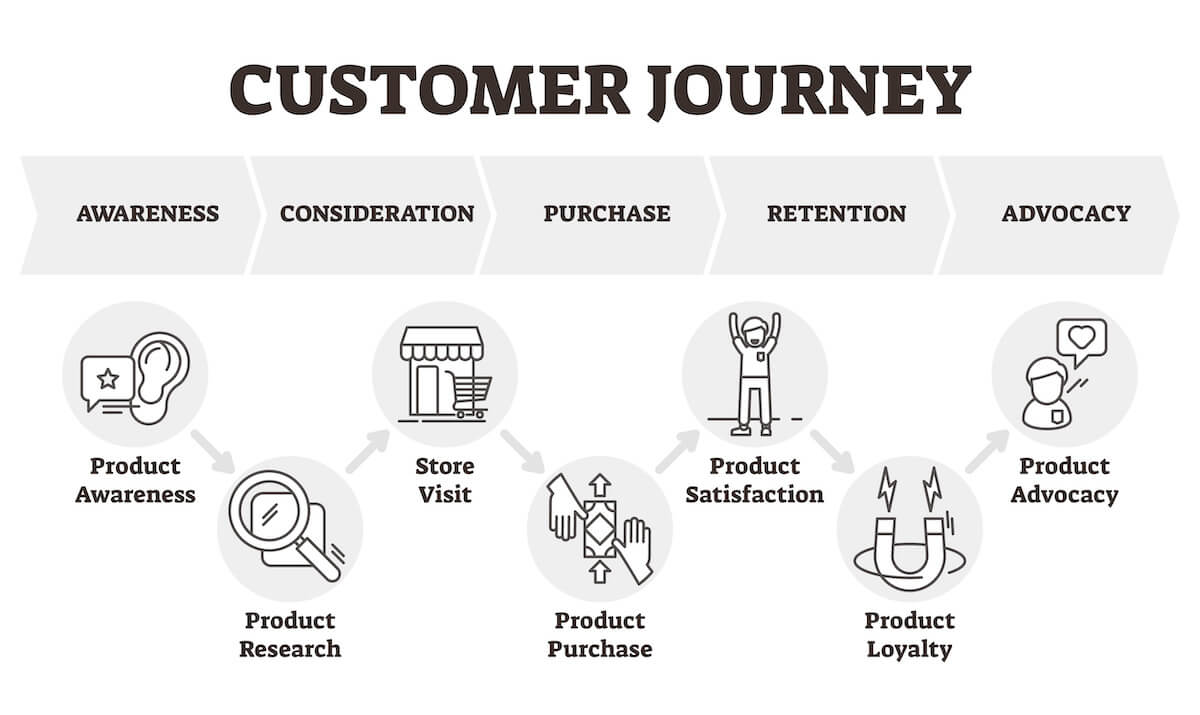
Customer journey mapping is crucial for optimizing the customer experience and increasing conversions. It involves visualizing the entire customer journey, from the moment they first hear about your brand to the moment they make a purchase. With the help of customer journey mapping software like Miro and InVision, you can create interactive journey maps and identify areas for improvement.
Miro is a collaborative whiteboard platform that enables you to create and share customer journey maps with your team. It offers a range of templates and tools to help you design and refine your journey maps. InVision, on the other hand, is a digital product design platform offering various tools for creating interactive prototypes, user flows and customer journey maps.
Here are some of the noteworthy differences between Miro and InVision:
- Functionality: Miro is a more general-purpose tool that offers a wide range of visual collaboration features, including whiteboarding, mind mapping and diagramming. InVision, on the other hand, is more specialized for user experience design and prototyping, offering features like design libraries, animations and interactive prototypes.
- Collaboration: Miro is known for its robust collaboration features, allowing teams to work together in real-time and add comments, feedback and annotations to boards. InVision also offers collaboration features but focuses more on design review and feedback than real-time collaboration.
- Customer Journey Mapping: Both platforms offer customer journey mapping features, but Miro offers more flexibility in how journey maps can be created and customized. In contrast, InVision offers more pre-built templates and design elements specifically tailored for user experience design.
- Pricing: Miro and InVision have different pricing models, with Miro offering a subscription-based model with different tiers based on the number of users. InVision provides a more feature-based model with different tiers based on the number of prototypes and projects.
- Integrations: Both platforms offer integrations with other tools and technologies, but Miro provides a broader range of integrations with productivity tools. In contrast, InVision offers more integrations with design and development tools.
Miro may be a better choice if you’re looking for greater collaboration and flexibility, while InVision may be the better choice for improving user experience design and prototyping.
Heatmap/User Experience Tools: Crazy Egg vs. Hotjar
Heatmap and user experience tools can provide valuable insights into how users interact with your website. By tracking user behavior and visualizing it in heatmaps, you can identify areas of improvement and optimize the user experience. Some popular heatmap and user experience tools include Crazy Egg and Hotjar.
Both Crazy Egg and Hotjar are popular heatmap and user experience tools that can help you optimize your website, understand how users interact with your website and can identify areas for improvement. Here are some key differences between the two tools:
- Heatmap Types: Crazy Egg offers different types of heatmaps, including click, scroll, and mouse-tracking heatmaps. Hotjar, on the other hand, offers click-and-move heatmaps as well as other features like session recordings, feedback polls and user surveys.
- Integration: Crazy Egg integrates with a wide range of tools, including Shopify, WordPress and Google Analytics, while Hotjar integrates with fewer tools but offers more features within the platform.
- Pricing: Crazy Egg offers a fixed monthly price based on page views, while Hotjar provides a free plan with limited features and different paid tiers based on the number of page views and additional features.
- User Feedback: Hotjar offers features like user polls and surveys to gather feedback directly from users, while Crazy Egg does not.
- User Interface: Crazy Egg has a more straightforward user interface that is easy to use, while Hotjar’s interface can be more complex due to the broader range of features.
Ultimately, the choice between Crazy Egg and Hotjar will depend on your business’s specific needs and priorities. Crazy Egg may be a better choice for businesses that want a more focused tool for heatmap analysis. But, Hotjar may be a better choice for businesses that want a more comprehensive platform for user experience analysis and feedback.
Start Optimizing Your Website’s Conversion Rates
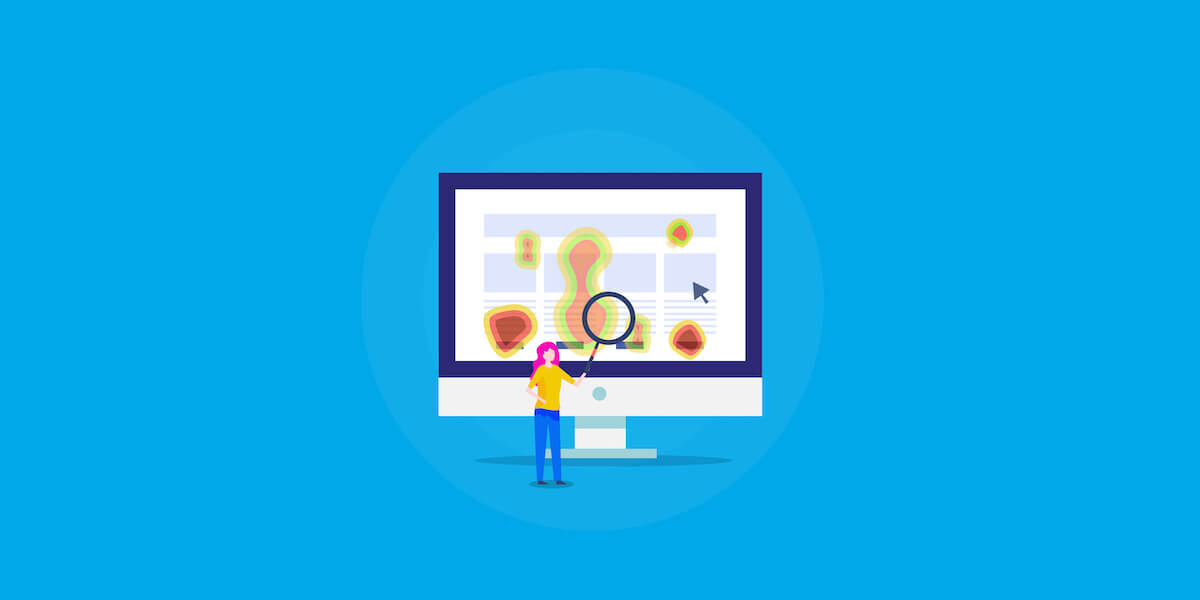
Leveraging the latest conversion optimization tools and technologies is the key to driving conversions in 2023. You can optimize your marketing efforts and drive higher conversions by using A/B testing tools, personalization platforms, customer journey mapping software and heatmap/user experience tools. So, stay ahead of the competition and invest in the conversion optimization tools that best fit your business’s needs.
Need more help optimizing your website’s conversion rates? If you’re struggling to get users to convert, our leading team of conversion-rate optimization experts have the skills to help you convert visitors from “just browsing” to “just buying” in no time.
Learn more about how Designzillas can help you optimize each digital touchpoint on your website to maximize your conversions so you can stop generating traffic without converting users. Schedule a free conversion rate optimization consultation with us today to get started.
